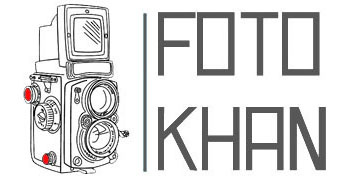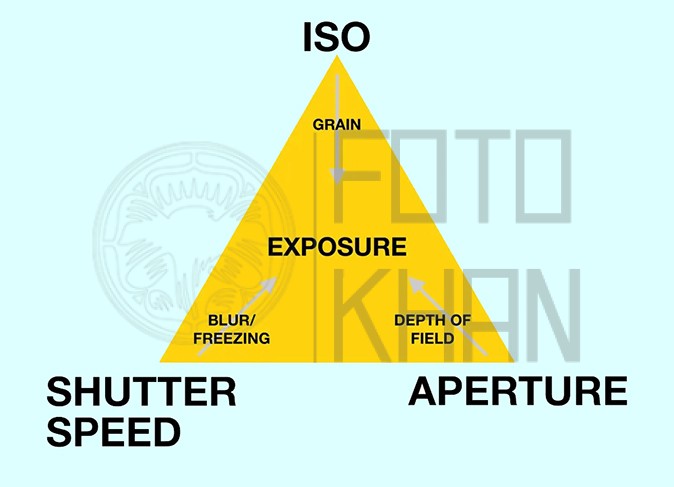The exposure triangle is a fundamental concept in photography that involves three critical elements: aperture, shutter speed, and ISO. Understanding how these three factors interact is crucial for beginners to capture well-exposed and creatively compelling images.
1. Aperture (f-stop):
Aperture refers to the size of the opening in the camera lens through which light enters. It’s measured in f-stop numbers like f/1.8, f/4, or f/16. Here’s how beginners can make the most of aperture:
- Depth of Field: Aperture controls the depth of field, determining how much of the image is in focus. Lower f-stop values (e.g., f/2.8) create a shallow depth of field with a blurred background, ideal for portraits. Higher values (e.g., f/11) result in a broader depth of field, making everything from foreground to background sharp, suitable for landscapes.
- Creative Control: Adjusting aperture allows you to control the visual impact of your photos. Experiment with different f-stops to achieve the desired effect, whether it’s isolating a subject or capturing a vast scene.
2. Shutter Speed:
Shutter speed determines how long the camera’s sensor is exposed to light. It’s measured in seconds or fractions of a second (e.g., 1/1000s, 1/30s). Here’s how beginners can manage shutter speed:
- Freezing or Blurring Motion: Fast shutter speeds (e.g., 1/1000s) freeze fast-moving subjects, such as sports or wildlife. Slow shutter speeds (e.g., 1/30s) capture motion as blur, ideal for creating artistic effects like silky waterfalls or light trails.
- Steady Shooting: Use a tripod or stabilize your camera when using slow shutter speeds to avoid unwanted camera shake, which can result in blurry photos.
3. ISO Settings:
ISO measures the sensitivity of your camera’s sensor to light. Beginners can use ISO effectively by considering the following:
- Light Sensitivity: Lower ISO values (e.g., ISO 100) are best for well-lit conditions, producing cleaner and noise-free images. Higher ISO values (e.g., ISO 800, 1600) are suitable for low-light situations but may introduce digital noise, reducing image quality.
- Balancing Exposure: Adjust ISO settings to balance exposure in different lighting conditions. Increase ISO in dim or indoor settings to ensure proper exposure without using slow shutter speeds that could lead to blur.
To excel in photography, beginners must grasp the intricacies of the exposure triangle. Experimenting with these settings in different scenarios and lighting conditions will provide practical experience and help build a deeper understanding of how aperture, shutter speed, and ISO work together to create striking images.

